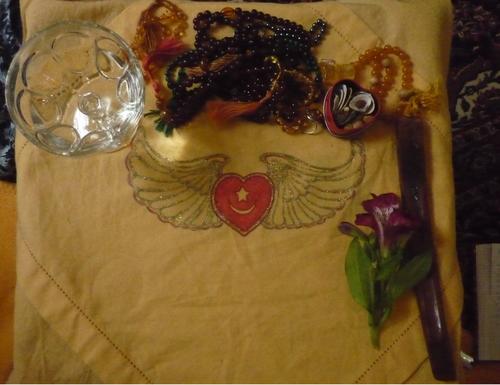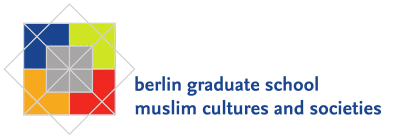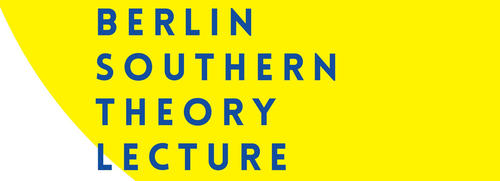Learning the Ways of the Heart in Berlin – Sufism, Anthropology, and the Post-Secular Condition
Sufism is known as a way of the heart (German: Weg des Herzens) among other names that it can be given. What is Sufism? How is Sufism practiced and experienced in a post-secular cityscape? Guided by these questions I conducted fieldwork with three Sufi networks in Berlin and connected sites in between 2013 and 2015.
Applying the hermeneutics of pedagogy I followed a methodology of dual apprenticeship in anthropology and Sufism. Bringing together the existential/phenomenological with the ontological approaches my project questioned the framing of Sufism as “Islamic mysticism” to track its multiple enactments as Sufi-Islam (Haqqani-Naqshbandi), Universal-Sufism (Inayati), and Sufism-as-Therapy (Tümata-Berlin). I examined the local historical ontologies of Sufism, Sufi genealogies, and history-making practices that invoked other kinds of past exceeding the majority history narrative of the German society.
I explored how the subtle/material body was enacted in the Sufi body-prayers: in the whirling ritual of sema, the recitals of dhikr, and the innovative dances and walksof “embodying the masters”. I studied the participatory performances of Sufi healing practices exemplified by the Inayati Heilritual (healing ritual), Haqqani-Naqshbandi sohbet (spiritual lecture),and Tümata-Berlin’s music-and-movement therapy. I collected the narrativized experiences of the human subjects in their pathways of arriving at Sufism as desire-lines seeking “something else” in the German society.
In the aftermath of the so-called “refugee-crisis” in 2015, I documented how Sufism (and anthropology) could be mobilized in affirmative action and engendered different notions of politics. Although Sufism makes a different set of demands than academic anthropology, my project argues that both disciplines can provide existential resources to enable us in talking back to a growing fear of Islam, the ever-shrinking space for alternatives and the trivialization of the post-secular imagination.
Publications:
Selim, Nasima. 2015a. Sufi Body Practices and Therapeutic Politics in Berlin. In: Klinkhammer, G.; Tolksdorf, E. (Hg.): Somatisierung des Religiösen. Empirische Studien zum rezenten religiösen Heilungs -und Therapiemarkt. Pp. 237-282. Bremen: Universität Bremen
___________. 2015b. Healing the City: Sufi Prayers in Berlin's Towers. In: Medizinethnologie. Körper, Gesundheit und Heilung in einer globalisierten Welt. May edition.



